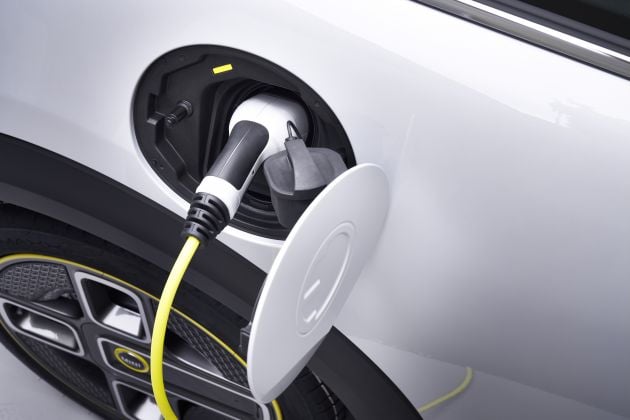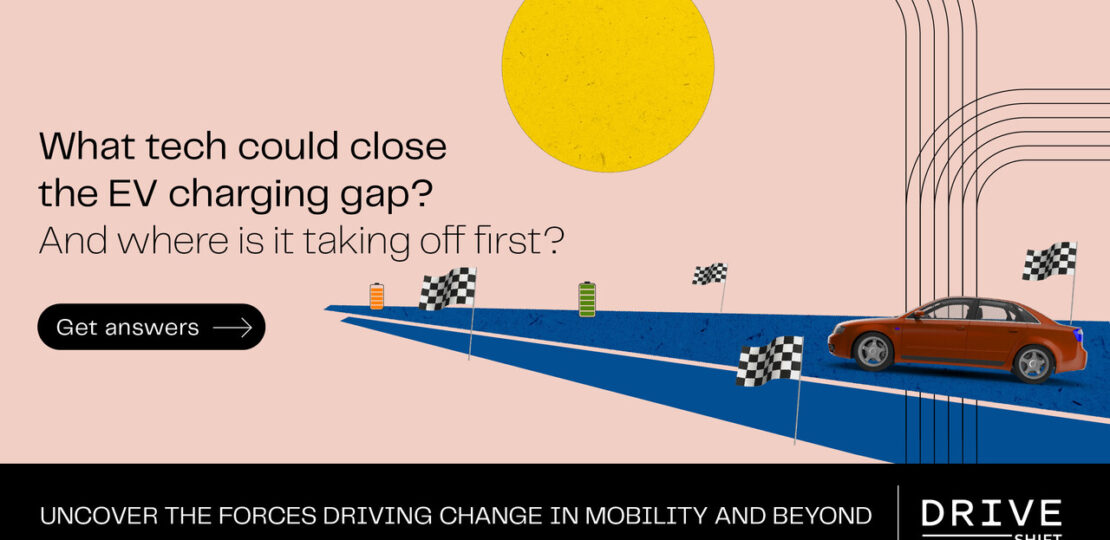
Imagine a future where charging your electric vehicle (EV) is as quick and hassle-free as swapping out a battery. No more waiting around for hours at a charging station, no more range anxiety. This is the vision of the future of EV charging, and it’s not as far off as you might think. In this article, we will explore the concept of battery swapping, its potential benefits and challenges, and delve into other exciting developments that are shaping the future of EV charging. Whether you’re a die-hard EV enthusiast or simply curious about the advancements in green technology, this article will provide you with a comprehensive look at what lies ahead for the world of electric vehicles.
The Current State of EV Charging
Electric vehicle (EV) charging is rapidly evolving to meet the increasing demand for cleaner and more sustainable transportation solutions. As the popularity of EVs continues to grow, so does the need for efficient and convenient charging options. However, there are still several challenges and limitations to overcome in the current state of EV charging infrastructure. In this article, we will explore the challenges faced by EV charging, the current state of charging infrastructure, and the emerging concept of battery swapping.
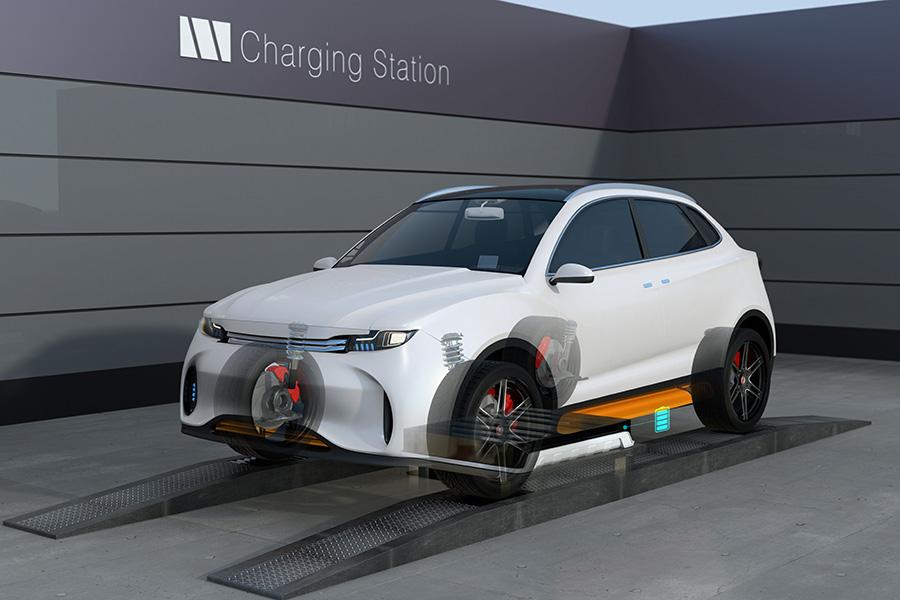
Challenges of EV Charging
While EVs offer numerous benefits such as reduced emissions and lower operating costs, the charging process can present some challenges. One of the main hurdles is the availability and accessibility of charging stations. In some areas, there may be a lack of charging infrastructure, making it inconvenient for EV owners to find a charging point when needed. Additionally, charging times can be slower compared to refueling a conventional gasoline vehicle, leading to longer waiting periods for EV owners.
Another challenge is known as range anxiety – the fear of running out of battery power before reaching a charging station. This psychological barrier can limit EV adoption and hinder long-distance travel. EV owners need to have confidence in the availability and reliability of charging infrastructure to overcome range anxiety.
Lastly, the cost of installing and maintaining charging stations can be a significant deterrent for organizations and individuals considering the adoption of EVs. The upfront investment required for charging infrastructure installation, operational costs, and maintenance can impose financial challenges. Finding solutions to reduce these costs will be crucial for the widespread adoption of EVs.
Current Charging Infrastructure
The current state of EV charging infrastructure varies across different regions, with some areas having more developed networks than others. Most commonly, charging stations can be categorized into three levels: Level 1, Level 2, and DC fast charging (Level 3).
Level 1 charging utilizes a standard household outlet, providing a charging rate of around 2-5 miles per hour. This option is the most basic and is primarily suitable for overnight charging at home or for situations where long charging times are acceptable.
Level 2 charging, often found in public spaces and commercial locations, offers higher charging rates compared to Level 1. These chargers typically utilize a 240-volt AC power source and can provide a range of around 10-25 miles per hour of charging.
DC fast charging, or Level 3 charging, is the fastest option currently available, with charging rates of up to several hundred miles of range added per hour. These stations use direct current (DC) power, enabling faster charging times. However, Level 3 chargers are less common than Level 1 and Level 2 chargers and are usually found along major highways or in specific urban areas.
While the current charging infrastructure has made great strides in recent years, there is still a need for further expansion and improvement to meet the growing demands of EV owners.

Introduction of Battery Swapping
One innovative solution to address some of the challenges faced by EV charging is battery swapping. Battery swapping is a process where a depleted EV battery is replaced with a fully charged one at a dedicated swapping station, significantly reducing charging times.
Explanation of Battery Swapping
Battery swapping involves the automation and integration of battery exchange systems at charging stations. EV owners would drive their vehicles into a swapping station where robots or automated systems would remove the depleted battery pack from the vehicle and replace it with a fully charged one. The entire swapping process can be completed in a matter of minutes, offering a convenient and time-saving alternative to traditional charging methods.
Benefits of Battery Swapping
Battery swapping presents several advantages that could revolutionize the EV charging landscape. First and foremost, it addresses the issue of long charging times. With battery swapping, EV owners can have their depleted batteries replaced with fully charged ones in a fraction of the time it takes to charge a battery conventionally. This significantly enhances convenience, particularly for those who rely heavily on their vehicles for transportation.
Another key benefit of battery swapping is the potential to address range anxiety. By eliminating the need to wait for a battery to charge, EV owners can confidently embark on long-distance journeys, knowing that they can quickly swap their depleted battery with a fully charged one at swapping stations along their route.
Additionally, battery swapping has the potential to extend the life of EV batteries. When batteries reach the end of their useful life or experience significant degradation, they can be replaced with newer, higher-capacity batteries during the swapping process. This can help maximize the overall lifespan and efficiency of EVs, reducing the environmental impact associated with battery disposal.
Current Implementations of Battery Swapping
While battery swapping is still in its early stages of implementation, several companies and regions have begun testing and deploying this technology. For example, in China, a battery swapping network called NIO Power is being developed to offer battery swapping services for electric vehicles. This network aims to provide a seamless and convenient experience for EV owners, allowing them to swap their batteries in a matter of minutes.
Similarly, Tesla has also experimented with battery swapping technology in the past. Although the company has not widely adopted this approach, they have demonstrated the feasibility of battery swapping for their Model S vehicles. These pilot projects provide valuable insights into the potential of battery swapping and demonstrate the growing interest in this innovative charging solution.
The Potential of Battery Swapping
Battery swapping holds significant potential in enhancing the overall EV charging experience. Beyond its ability to address current challenges, battery swapping can have a transformative impact in several key areas.
Enhancing Convenience for EV Owners
One of the primary advantages of battery swapping is the convenience it offers to EV owners. By eliminating the need for prolonged charging times, battery swapping enables quick and hassle-free battery replacements. This convenience is especially valuable for fleet operators and drivers who require frequent and time-sensitive charging.
Addressing Range Anxiety
Range anxiety has been a significant concern for potential EV buyers, affecting their confidence in the ability of EVs to meet their daily driving needs. Battery swapping can alleviate range anxiety by allowing EV owners to quickly exchange their depleted batteries with fully charged ones. This ensures that they have sufficient range to reach their destination or the next swapping station without worrying about running out of power.
Reducing Charging Time
Charging time is a critical factor in the widespread adoption of EVs. Long charging times can be inconvenient, particularly for those with busy schedules or limited access to charging infrastructure. Battery swapping has the potential to reduce charging times dramatically, making EVs more practical for a broader range of users. Faster charging times can also lead to increased utilization of existing charging stations, reducing congestion and wait times for other EV owners.

Technological Advancements in Battery Swapping
Battery swapping is continually evolving, with advancements in technology contributing to improved efficiency and effectiveness. Several key developments are shaping the future of battery swapping.
Improved Battery Design
Advancements in battery technology have led to the development of high-capacity and fast-charging batteries. These improvements enable swapping stations to provide EV owners with more powerful and longer-lasting batteries, further enhancing the driving range and overall performance of EVs. The continuous refinement of battery technology will play a crucial role in the future success of battery swapping.
Standardization of Battery Swapping Stations
To facilitate widespread adoption, standardization of battery swapping stations is essential. Developing industry-wide standards for battery slot designs, communication protocols, and safety measures will promote interoperability and compatibility among different vehicle models. This standardization will ensure that EV owners can seamlessly swap batteries at any compatible swapping station, regardless of the brand or model of their vehicle.
Automation and Robotics in Swapping Process
Automation and robotics have the potential to revolutionize the battery swapping process, further enhancing its efficiency and convenience. By utilizing automated systems and robots, the swapping process can be streamlined and expedited. This technology can also help ensure the safe handling and storage of battery packs, reducing the risk of accidents and injuries during the swapping process.
Challenges and Limitations of Battery Swapping
While battery swapping offers many benefits, there are still several challenges and limitations that need to be addressed for its widespread adoption.
Cost and Infrastructure Requirements
Setting up an extensive network of battery swapping stations can require significant investment in infrastructure and technology. The establishment and maintenance of swapping stations, along with the supply of batteries, can be costly. Overcoming these financial barriers will be crucial for battery swapping to become a viable and affordable charging solution.
Compatibility Issues
Ensuring compatibility between different vehicle models and battery packs is another significant challenge. Electric vehicle manufacturers need to design their battery packs and vehicles with standardized dimensions and interface specifications. This compatibility will enable EV owners to swap batteries seamlessly regardless of their vehicle’s make and model. Coordinating such standardization efforts is essential to avoid fragmentation and ensure broad accessibility of battery swapping infrastructure.
Battery Degradation and Maintenance
Battery degradation is a natural phenomenon that occurs over time and affects both the capacity and performance of batteries. In a battery swapping system, the condition and health of swapped batteries must be carefully monitored to maintain optimal performance and avoid the exchange of degraded or inefficient batteries. Implementing robust maintenance procedures and predictive analytics will be crucial to monitor battery health and ensure the longevity of swapped batteries.
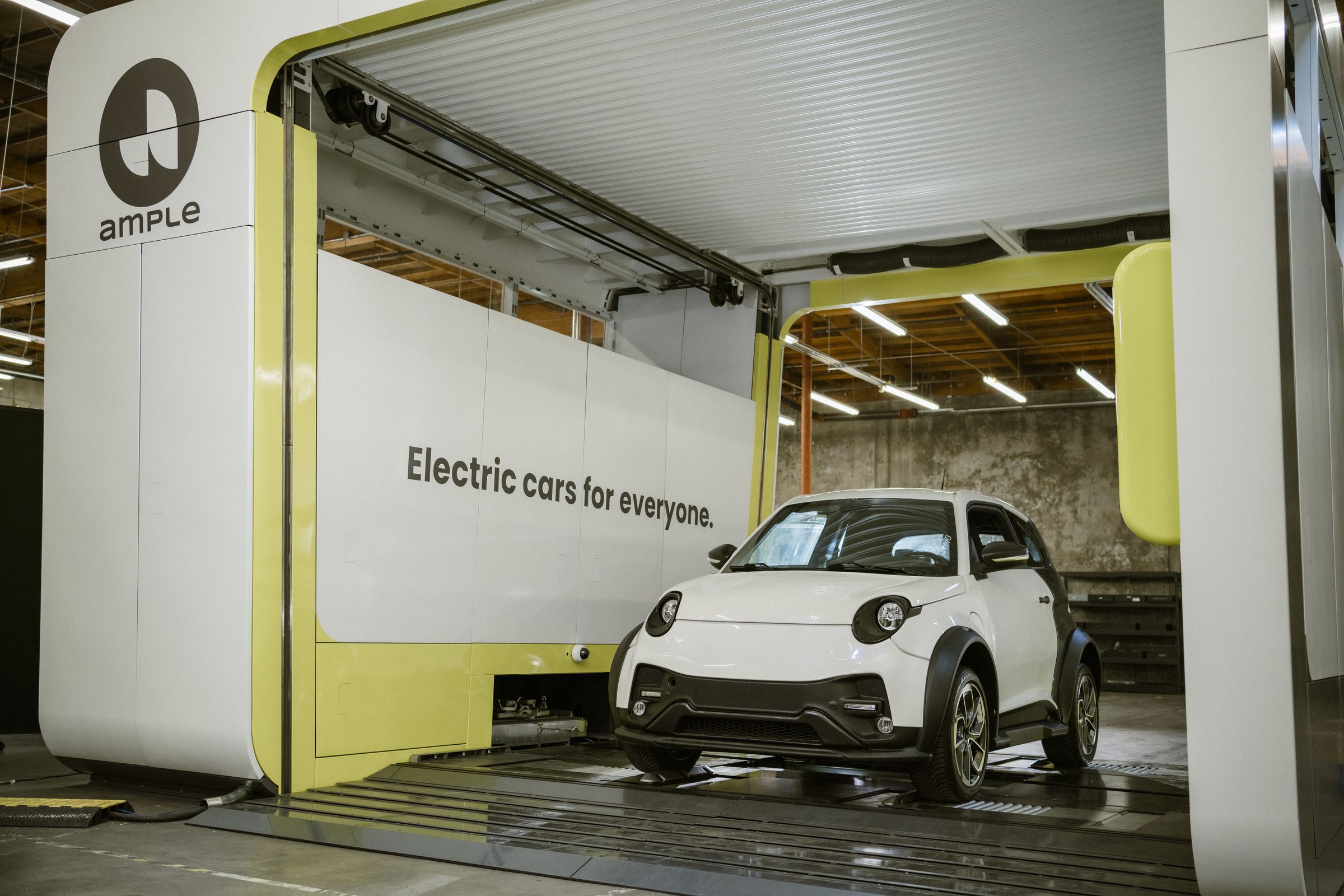
Beyond Battery Swapping: Future Charging Technologies
While battery swapping shows promise, it is just one of the many innovative charging technologies being explored to meet the evolving needs of EV owners. Here are three other emerging technologies that could shape the future of EV charging.
Wireless Charging
Wireless charging, also known as inductive charging, allows EVs to charge by simply parking on or driving over specially equipped charging pads. This technology eliminates the need for physical connections between the vehicle and the charging station. Wireless charging offers convenience and ease of use, making it an attractive solution for EV owners. However, challenges such as efficiency, alignment, and compatibility with different vehicle models need to be addressed for widespread adoption.
Ultra-Fast Charging
Ultra-fast charging technologies aim to reduce charging times significantly. These advancements involve increasing the power and efficiency of charging infrastructure to deliver higher charging rates. By utilizing higher voltages and currents, charging times can be reduced to a matter of minutes. However, ultra-fast charging may pose technical challenges such as increased heat generation, battery degradation, and the need for advanced cooling systems to handle the high power levels involved.
Vehicle-to-Grid (V2G) Technology
Vehicle-to-Grid (V2G) technology enables bidirectional energy flow between EVs and the power grid. EVs equipped with V2G capabilities can not only charge from the grid but also discharge their stored energy back into the grid when needed. This technology provides flexibility for both EV owners and the grid by enabling the utilization of EV batteries as a distributed energy resource. V2G has the potential to enhance grid stability, support renewable energy integration, and provide valuable grid services while optimizing charging and discharging patterns for EV owners.
Wireless Charging: A Game-Changer in EV Charging
Wireless charging is a revolutionary technology that has the potential to transform the EV charging experience.
Explanation of Wireless Charging
Wireless charging, also known as inductive charging, utilizes electromagnetic fields to transfer energy between a charging pad or mat installed on the ground and a receiver coil installed on the EV’s undercarriage. The charging pad is connected to an electrical supply, which generates an alternating current (AC) magnetic field. The receiver coil in the EV picks up this magnetic field, converts it back into electrical energy, and charges the vehicle’s battery.
Advantages of Wireless Charging
Wireless charging offers several significant advantages over traditional plug-in charging methods. The most prominent benefit is convenience. With wireless charging, EV owners can charge their vehicles simply by parking on or driving over a charging pad, eliminating the need for physical connections. This hands-free charging experience enhances convenience, particularly in situations where manual plugging and unplugging of charging cables may be inconvenient or challenging.
Another advantage of wireless charging is the potential for standardized charging infrastructure. By implementing a universal wireless charging standard, charging pads can be installed at various locations, allowing EV owners to charge their vehicles seamlessly without worrying about compatibility issues. Standardization would also enable interoperability between different EV models, ensuring a consistent and user-friendly charging experience.
Additionally, wireless charging can help overcome barriers for EV adoption in urban environments where charging infrastructure may be limited. By integrating charging pads into parking lots, residential areas, and public spaces, EV owners can conveniently charge their vehicles during routine activities. This integration can encourage EV adoption by providing easy access to charging infrastructure in densely populated areas.
Current Implementations and Challenges
Wireless charging technology has been deployed in various pilot projects and commercial installations. For example, Plugless by Evatran, a wireless charging system, has been used in several locations, including residential complexes and small-scale public charging stations. These installations demonstrate the feasibility and benefits of wireless charging in real-world scenarios.
However, there are still challenges to overcome for widespread adoption of wireless charging. Efficiency is one of the primary concerns. Wireless charging inherently incurs energy losses during the conversion and transmission processes. Improving the efficiency of wireless charging systems is crucial to minimize energy wastage and maximize the amount of energy transferred to the EV’s battery.
Another challenge is alignment and positioning. The charging pad and the receiver coil need to be properly aligned to ensure optimal charging efficiency. Misalignment or variations in positioning can lead to reduced charging performance and slower charging times. Developing technologies and solutions that effectively address alignment issues will be critical for the success of wireless charging.
Furthermore, standardization of wireless charging remains an ongoing effort. The establishment of global standards for wireless charging technology will be essential to ensure compatibility and interoperability among different charging pads and EVs. Collaboration between industry stakeholders, including EV manufacturers, charging infrastructure providers, and regulatory bodies, is vital to accelerate the adoption of wireless charging and drive the development of universal standards.
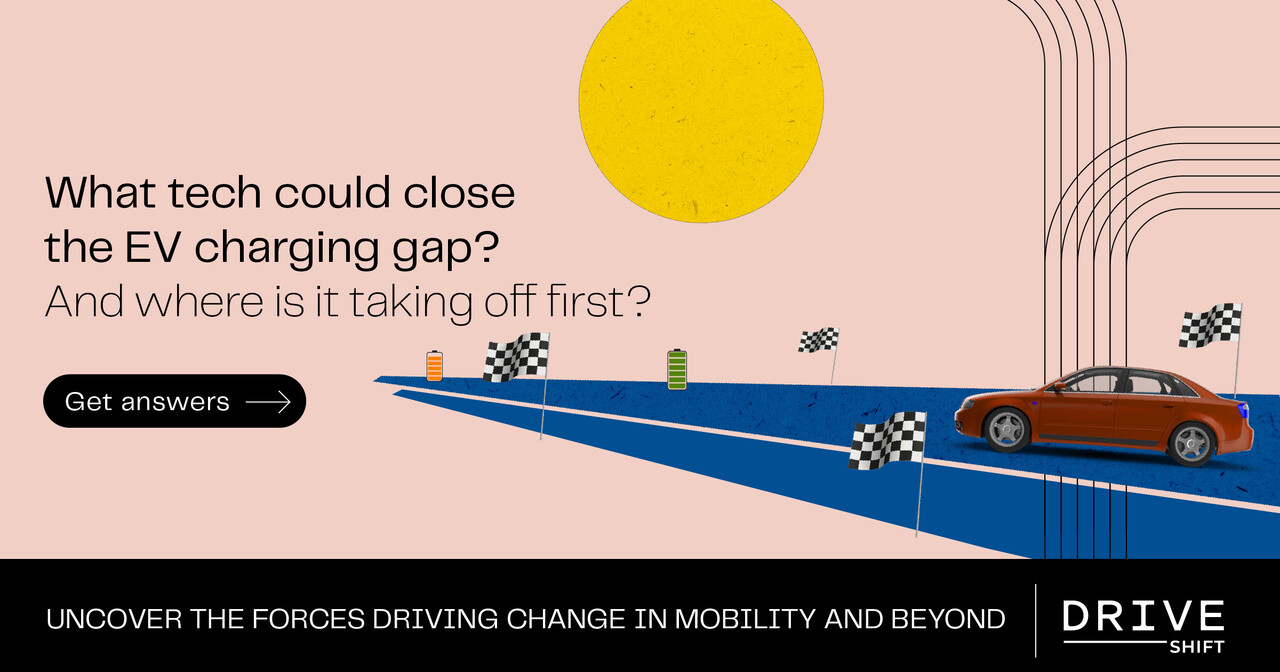
Ultra-Fast Charging: Revolutionizing EV Charging Speeds
Ultra-fast charging is poised to revolutionize the speed at which EVs can be charged, transforming the EV charging experience.
Introduction to Ultra-Fast Charging
Ultra-fast charging technology aims to deliver charging rates that significantly reduce the time required to charge EV batteries. By utilizing higher power levels and advanced charging infrastructure, ultra-fast chargers can add hundreds of miles of range per hour, enabling EV owners to quickly recharge their vehicles.
Benefits and Implications of Ultra-Fast Charging
The primary benefit of ultra-fast charging is dramatically reduced charging times. With charging rates that can add several hundred miles of range within just a few minutes, ultra-fast charging offers convenience and flexibility for EV owners. This faster charging experience allows for shorter stops when traveling long distances, making EVs a more viable option for road trips and reducing the inconvenience associated with lengthy charging sessions.
Moreover, ultra-fast charging can contribute to the wider adoption of EVs by improving overall charging infrastructure utilization. Faster charging times mean more turnover at charging stations, reducing waiting times for other EV owners. This increased efficiency can encourage more EV owners to utilize public charging infrastructure, alleviating concerns of congestion and limited availability.
The implications of ultra-fast charging extend beyond individual vehicle owners. For fleet operators, such as those in the ride-hailing or delivery services industries, faster charging times mean less downtime and increased vehicle utilization. This can lead to improved productivity, reduced operating costs, and greater overall efficiency for fleet-based operations.
Technical Challenges and Solutions
Ultra-fast charging presents several technical challenges that need to be addressed for its widespread adoption. One critical challenge is managing the heat generated during high-power charging. Intense charging rates can generate substantial heat within the battery pack, which can negatively impact battery life and performance. Advanced cooling systems, both at the charging station and within the battery pack, are essential to ensure safe and efficient charging without compromising battery health.
Another challenge is grid integration and power supply. Ultra-fast charging requires a significant amount of electrical power to deliver high charging rates. Ensuring the availability of sufficient grid infrastructure and upgrading power distribution systems to support ultra-fast charging demand will be essential. Collaboration between stakeholders, including charging network operators, utilities, and grid operators, is crucial to addressing this challenge and ensuring a seamless charging experience for EV owners.
Additionally, ultra-fast charging may require interoperability and compatibility standards to be established to enable widespread adoption. Developing standardized charging protocols, connectors, and communication interfaces will ensure that ultra-fast chargers can cater to a broad range of EV models, avoiding fragmentation and providing a consistent charging experience.
By overcoming these challenges, ultra-fast charging has the potential to revolutionize the electric vehicle charging landscape, making EV ownership more convenient, practical, and accessible to a broader audience.
Vehicle-to-Grid (V2G) Technology: The Power of Two-Way Charging
Vehicle-to-Grid (V2G) technology is a groundbreaking concept that enables bidirectional energy flow between EVs and the power grid, revolutionizing the capabilities of EVs as energy assets.
What is V2G Technology?
V2G technology allows EV owners not only to consume energy from the grid but also to feed excess energy back into the grid when their vehicles are not in use. Through bi-directional power flow, EVs with V2G capabilities can serve as mobile energy storage units, contributing to grid stability and supporting the integration of renewable energy sources.
Advantages of V2G Technology
V2G technology offers several advantages that make it a compelling solution for sustainable energy management.
One significant advantage is the ability to utilize EVs as distributed energy resources. When connected to the grid, EVs equipped with V2G technology can act as decentralized energy storage systems, helping to balance supply and demand. This flexibility in power flow enables EVs to support the grid during periods of high energy demand, promoting grid stability and reducing the need for additional conventional power generation.
Another advantage of V2G technology is the potential for financial incentives. EV owners who participate in V2G programs can earn revenue by supplying stored energy back to the grid. This additional income stream can offset some of the costs associated with EV ownership, making it more economically attractive for potential EV buyers.
Furthermore, V2G technology promotes the integration of renewable energy sources. By leveraging EVs as storage units, excess energy generated from renewable sources, such as solar or wind power, can be stored in EV batteries and later discharged back into the grid. This characteristic allows for better utilization of intermittent renewable energy, reducing reliance on fossil fuel-based power plants and further advancing the transition to a cleaner and more sustainable energy future.
Current Implementations and Potential Future Applications
While V2G technology is still in the early stages of development and implementation, several pilot projects and research initiatives have demonstrated its efficacy and potential.
For example, a V2G trial conducted in Denmark called the “Electricity Grid in Transport” project explored the integration of EVs into the Danish electricity system. The project demonstrated the ability of V2G technology to provide valuable grid services, including frequency regulation and peak shaving, while ensuring proper management of battery health and minimizing the impact on EV owners’ mobility needs.
Beyond grid support, V2G technology has the potential to revolutionize other sectors, such as residential energy management. By connecting EVs to homes, the stored energy in EV batteries can be utilized during peak energy demand periods, reducing reliance on the grid and optimizing energy consumption. This application can lead to cost savings for homeowners and enhance grid resilience by shifting energy consumption away from peak periods.
The full potential of V2G technology is yet to be realized, but it holds promise in transforming not only the way we charge EVs but also how we manage and utilize energy on a broader scale.
The Role of Renewable Energy in EV Charging
The integration of renewable energy sources holds significant promise for making EV charging more sustainable and environmentally friendly.
Green Charging Solutions
Green charging solutions aim to power EVs using renewable energy sources, reducing their overall carbon footprint. By utilizing electricity generated from sources such as solar, wind, or hydropower, EV owners can recharge their vehicles with clean energy, further minimizing greenhouse gas emissions and pollutants associated with conventional power generation.
Integration of Solar and Wind Power
Solar and wind power are two renewable energy sources that can be effectively integrated into the EV charging ecosystem.
Solar power can be harnessed through photovoltaic (PV) panels installed on rooftops or dedicated solar carports at charging stations. These solar panels convert sunlight into electricity, which can then be utilized to charge EVs. Solar-powered charging stations offer an attractive solution for renewable energy enthusiasts and EV owners interested in reducing their carbon footprint.
Similarly, wind power can contribute to sustainable EV charging. Wind turbines generate electricity from the kinetic energy of wind, and this power can be harnessed to charge EVs. Integrating wind turbines into charging infrastructure can provide a continuous and reliable source of renewable energy, even during periods of low solar generation.
The combination of solar and wind power in charging infrastructure can provide a robust and environmentally friendly solution, allowing EV owners to charge their vehicles with clean, renewable energy.
Sustainable Charging Infrastructure
The sustainability of EV charging extends beyond the energy source itself. Sustainable charging infrastructure encompasses various practices and technologies designed to minimize the environmental impact associated with charging stations.
For example, the use of energy-efficient LED lighting at charging stations reduces energy consumption and contributes to lower overall greenhouse gas emissions. Incorporating sustainable materials in charging station construction, such as recycled or low-impact materials, can also help reduce the environmental footprint.
Additionally, implementing smart charging technologies can optimize energy use and grid integration. Smart charging systems can leverage real-time data, grid demand, and renewable energy availability to schedule charging sessions when the grid has excess capacity or renewable energy is abundant. This approach helps avoid the strain on the grid during peak demand periods and maximizes the utilization of renewable energy sources.
The integration of renewable energy into EV charging infrastructure and the application of sustainable practices in charging station design and operation are crucial for realizing the full potential of EVs as a sustainable transportation solution.
In conclusion, the future of EV charging is evolving rapidly, with innovative solutions like battery swapping, wireless charging, ultra-fast charging, and V2G technology emerging to overcome the challenges and limitations of the current charging infrastructure. These advancements offer enhanced convenience, faster charging times, and increased sustainability, further supporting the widespread adoption of electric vehicles. By leveraging renewable energy sources and implementing sustainable practices, EV charging can become more environmentally friendly, contributing to a cleaner and more sustainable future of transportation.
RELATED POSTS
View all

